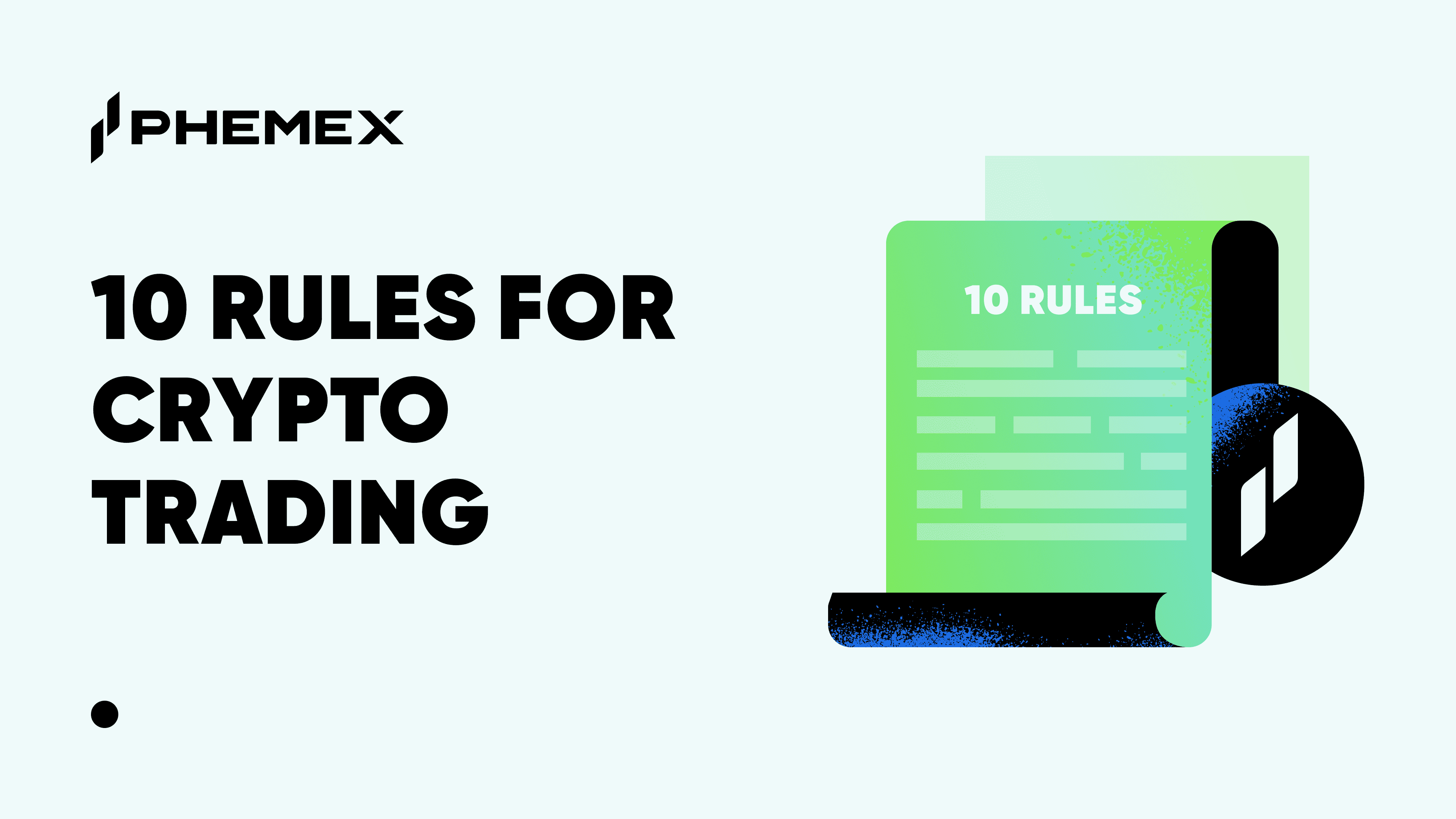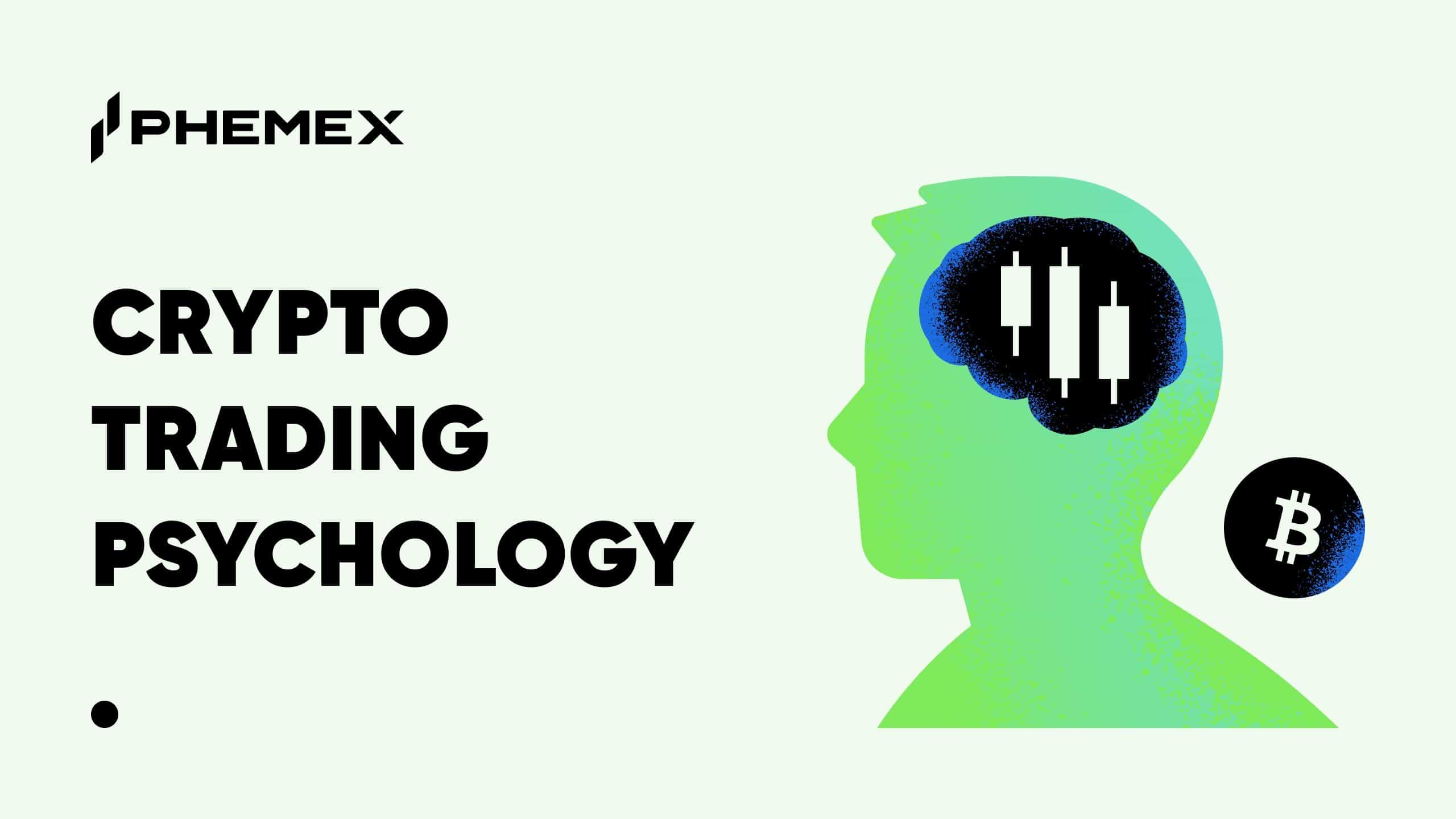Investors and traders are always on the lookout for strategies to maximize returns. One such strategy often employed in financial markets is market timing.
Market timing is a controversial topic in investment finance, with both fierce proponents and opponents alike. While some reject it entirely, many others swear by this trading approach. Despite its controversy, market timing might be useful to some experienced traders who are skilled in a range of market analysis techniques.

What Is Market Timing?
Market timing is the use of various technical and fundamental analysis methods to try to predict the best times to buy and sell various investment products, such as stocks, bonds, indices, derivatives, commodities, or cryptocurrencies, to maximize returns.
Market timing is the opposite trading strategy to buy-and-hold. Instead of passively holding on to an asset, market timers move in and out of positions, attempting to optimize the timing of their moves.
Market timers may choose a single asset to concentrate on, or they may re-distribute their total funds in varying proportions over a range of assets. The latter approach is more commonly used by experienced traders.
Market timers who concentrate on a single asset may move their investment in its entirety between different stocks, asset classes, countries, or industry sectors. For example, an investment first held in blue-chip stocks may be moved to bonds, then to cryptocurrencies, then back to stocks, and further to securities of another country.
Market timers who prefer the “distributionist” approach may continually vary the proportion of their investment over a range of products. For instance, a portfolio allocated to stocks and gold in the proportion of 60/40 may be altered by such a market timer to 80/20, based on their timing estimates.
What are the Disadvantages of Market Timing?
Market timing is a controversial and hotly debated topic in the world of finance. Its opponents argue that market timing is not an effective trading approach since:
- financial markets are very efficient, and it is hard to time them consistently over a long period of time;
- the transaction costs of frequently moving in and out of positions may erode expected returns;
- research has shown that the cost of waiting for the perfect moment to buy or sell an asset normally exceeds the benefits of even the best timing strategy.
A number of prominent individuals and organizations in the financial industry have questioned the active pursuit of market timing strategies.
Time In The Market vs Timing The Market
Last year, Bank of America Vice-Chairman, Keith Banks, warned investors that time in the market beats timing the market, at least for the majority of individual investors. Banks recommended a longer-term approach to investing that avoids market timing acrobatics.
The Schwab Center for Financial Research (SCFR), the research division of Charles Schwab Corporation, has recently published a research paper arguing against the use of market timing. The SCFR concluded that instead of market timing, investors should make plans and start investing as soon as possible.
Despite the criticism, market timing has its proponents, who argue that it does not need to be 100% correct all the time. The supporters of the market timing strategy opine that it is better to try and time the market, even if you do not get it right all the time, than to rely on a passive investment strategy.
Many market timing aficionados point out that the entire discipline of investment finance is designed, to a large degree, to help identify the best time to invest anyway. If market timing is so ineffective, why does everyone try to time their investment choices? Therefore, market timing can work, particularly in short- and medium-term perspectives, but it requires significant skill and time commitment to apply effectively.

What Are the Techniques Used in Market Timing?
Market timing may involve a vast number of different analytical methods depending on the analyst’s or investor’s preferences, goals, and skills. Typically, a range of methods rather than a single technique is used to support a timing decision. Some of the most commonly used methods include:
- Algorithmic trading
- VIX index
- AAII sentiment surveys
- MACD
- RSI
- Index PE
1. Algorithmic Trading
Algorithmic trading involves using rule-based automated algorithms that make trading choices on behalf of the trader. Algorithmic trading software thus operates in an “auto-pilot mode” with regard to trading decisions. It helps save time and removes the element of emotion from the entire trading process.
The actual algorithms may vary depending on the trader’s preferences. An algorithm may be as simple as “buy this asset if the price reaches X by noon,” or it may be highly customized and complex, sometimes based on very involved statistical models.
Algorithmic trading is often based on the automation of some underlying trading method. For example, trend trading may be automated within an algorithmic trading software.
Algorithmic trading lends itself well to market timing. The software makes the choice for the best time to buy or sell based on the input rules rather than on the trader’s decision.
2. VIX Index
The VIX (Volatility Index) is a measure of the stock market’s expected volatility over a certain period of time, e.g., 30 days, three months, or one year, into the future. The measure was created by the Chicago Board Options Exchange (CBOE).
It is based on the volatility estimates of the S&P500, a leading stock market index. The VIX value can be anything from zero and above. Despite a common misconception, the VIX score can theoretically be over 100, though such a score would be very improbable in reality. A VIX score below 20 indicates low expected volatility, while a score over 30 predicts a very volatile period for the stock market.
Market timers extensively use the VIX to estimate whether they should make their trading moves during the estimated period. If the VIX index points to high volatility, a cautious market timer might postpone their buy or sell decision, since high volatility may render their timing estimates imprecise.
3. AAII Sentiment Surveys
The American Association of Individual Investors (AAII) runs a weekly survey of the investment sentiment among its members – individual investors. The survey is based on a single question asking the respondents if they are “bullish, neutral, or bearish” on the stock market for the next six months.
The results of the survey are widely used in the industry, including by market timers, as an important barometer of investor sentiment.

4. MACD
The moving average convergence-divergence (MACD) is a popular measure typically used to identify trends or as a measure of momentum.
There are two lines on the MACD chart. The main MACD line is derived by subtracting the 26-week exponential moving average (EMA) of the asset’s prices from their 12-week EMA. The second line, called the signal line, is the 9-period EMA of the MACD line.
When the two lines cross, it gives an indication of a change in the asset’s trend or the emergence of momentum. Both trends and momenta are valuable pieces of information for market timers, and therefore, MACD is a key tool in their arsenal.
5. RSI
While MACD is a decent measure of momentum in asset prices, a more robust measure for this purpose is the relative strength index (RSI). RSI’s value is a score between 0 and 100. In general, an RSI score above 70 indicates an overvalued asset due for a correction. Conversely, an RSI below 30 indicates an undervalued asset due for a rise. RSI is a key measure of momentum and, thus, is an indispensable tool for any market timer.
6. Index PE
The price-to-earnings (PE) index is another useful measure for market timers. PE is the ratio of a stock’s price to its earnings over a period of time, usually one year. An index PE is a weighted average of the PE ratios for the assets included in the index. High index PE scores indicate that the market represented by the index is overvalued and is due to correct, while low index PE points to an undervalued market about to start rising.

Conclusion
Market timing is a trading approach based on identifying the optimal times to buy and sell financial products and executing orders on the basis of these estimates. It is the opposite of the buy-and-hold trading approach, which is longer-term-oriented and more passive in nature.
Market timing requires significant skill and time dedication, as an investor might need to actively monitor markets and estimate the best times to move in and out of positions.
Market timing is a controversial approach to trading, with some prominent individuals and financial institutions arguing against it, at least for the purposes of casual individual investors. They argue that most investors will benefit from trading without trying to “spot” optimal times to invest.
A wide range of techniques may be used for market timing, and it is rarely only one or two of the techniques that eventually support the timing decision. In most cases, savvy market timers apply several methods for their decision-making.
Some of the most common and useful techniques for market timing include algorithmic trading, the VIX index, AAII Sentiment Surveys, MACD, RSI, and index PE.
Read More
- What Is Trend Trading: Following the Market When It Pays
- What Is Momentum Trading? Profiting from Market Volatility
- How To Trade Crypto With Multiple Time Frame Analysis
- How to Read Crypto Charts: Learn Trading Chart Patterns
- Efficient Market Hypothesis (EMH): Does Crypto Follow?
- Crypto Trading vs. Investing: Key Differences Explained
- Which Crypto to Buy Today for Long-term & Short-term?
- How To Trade Crypto: The Ultimate Investing Guide








